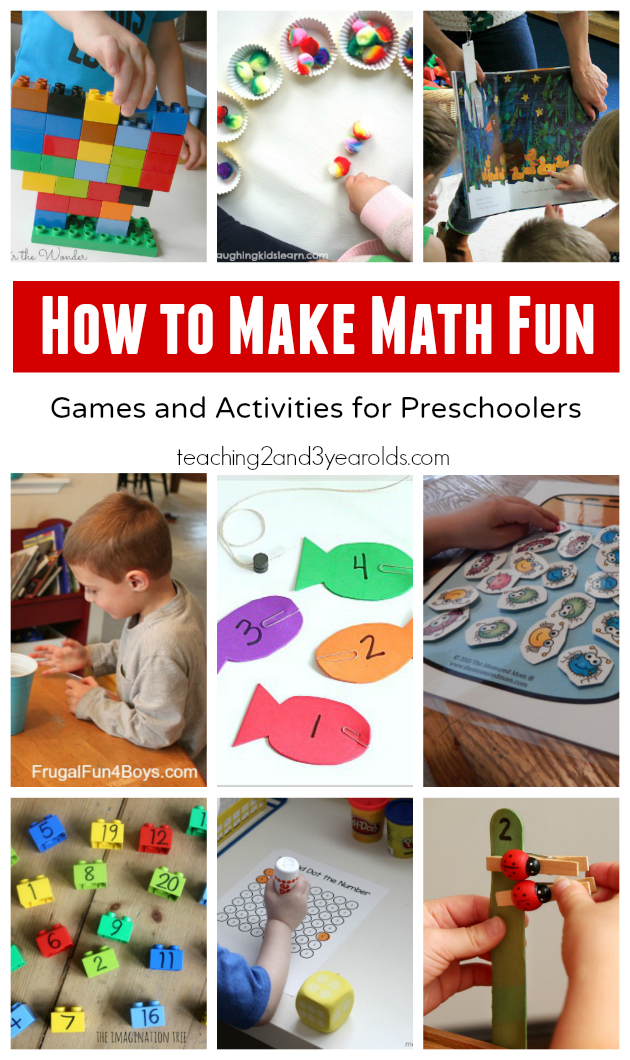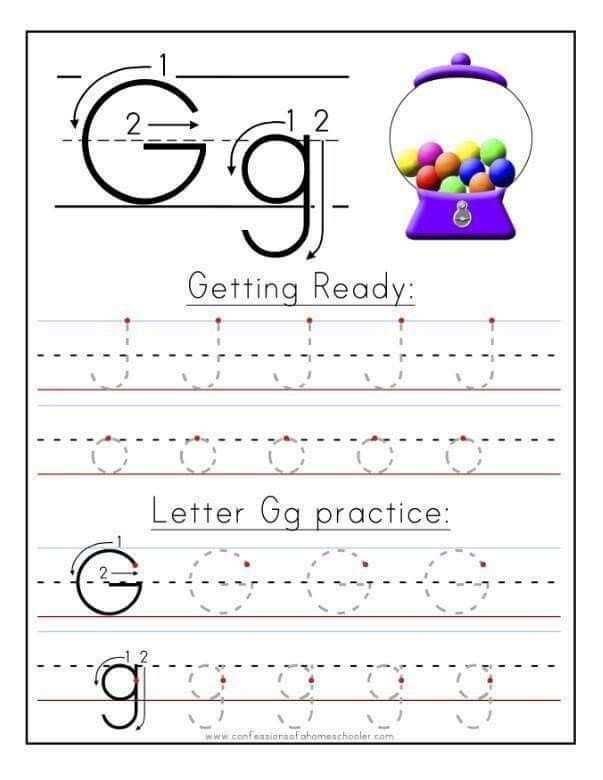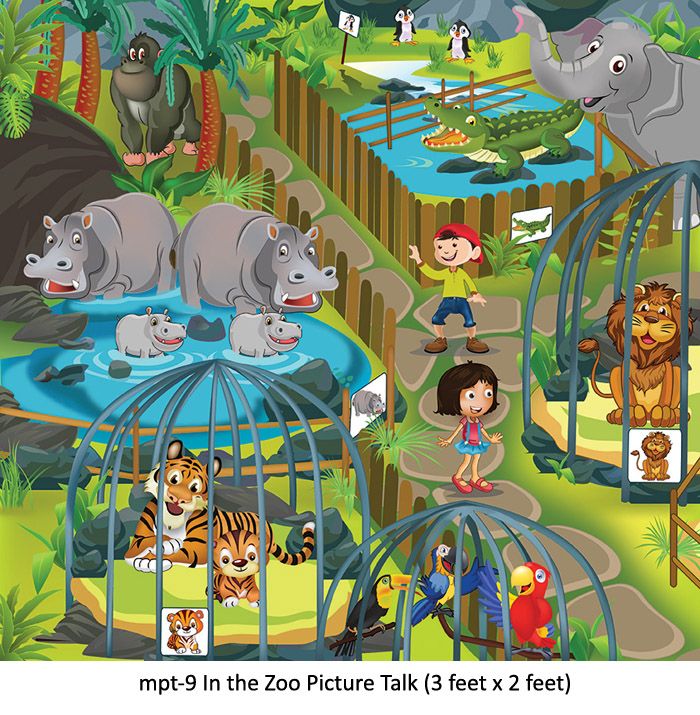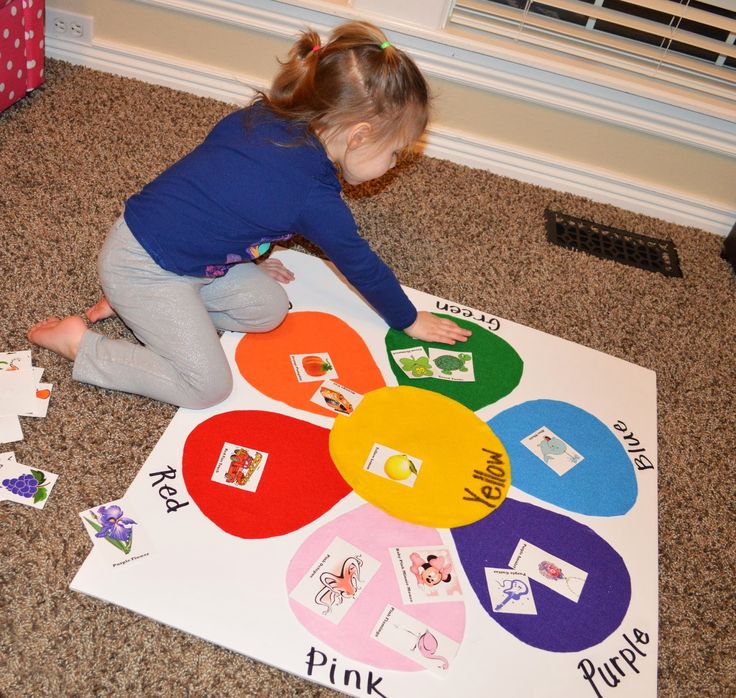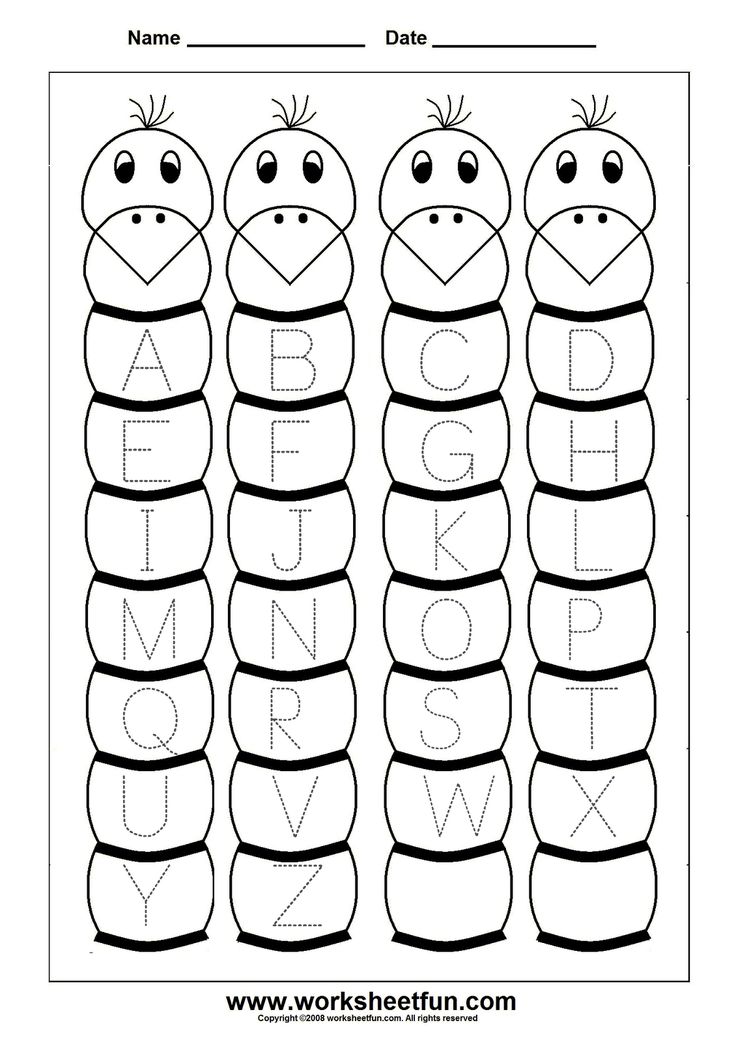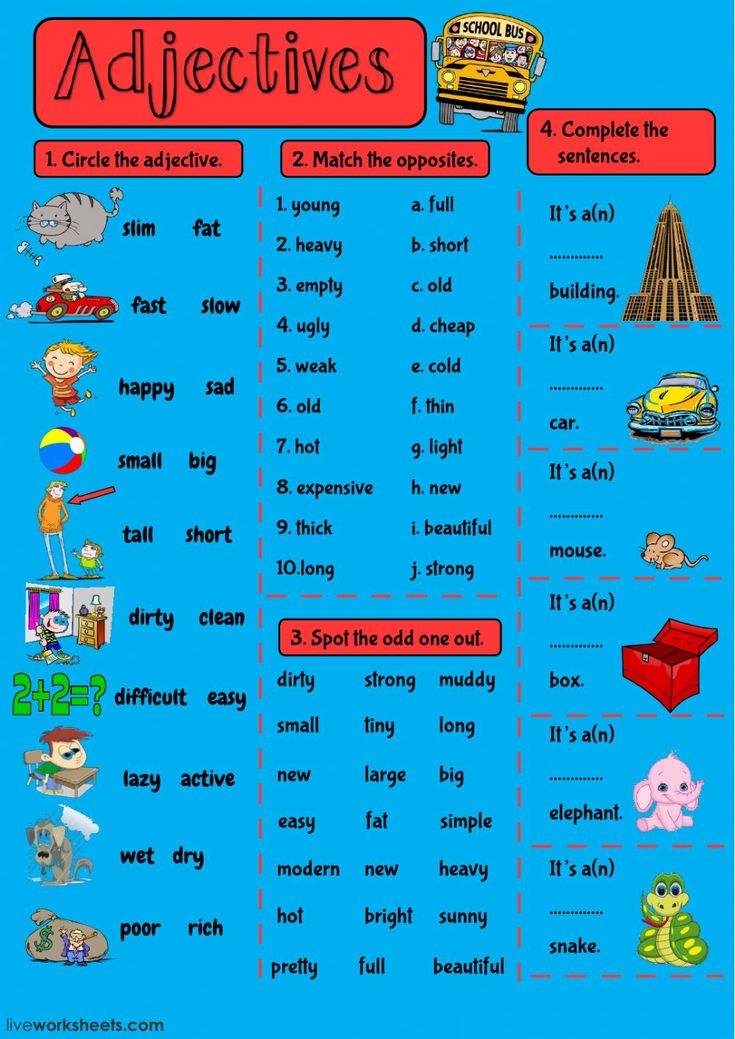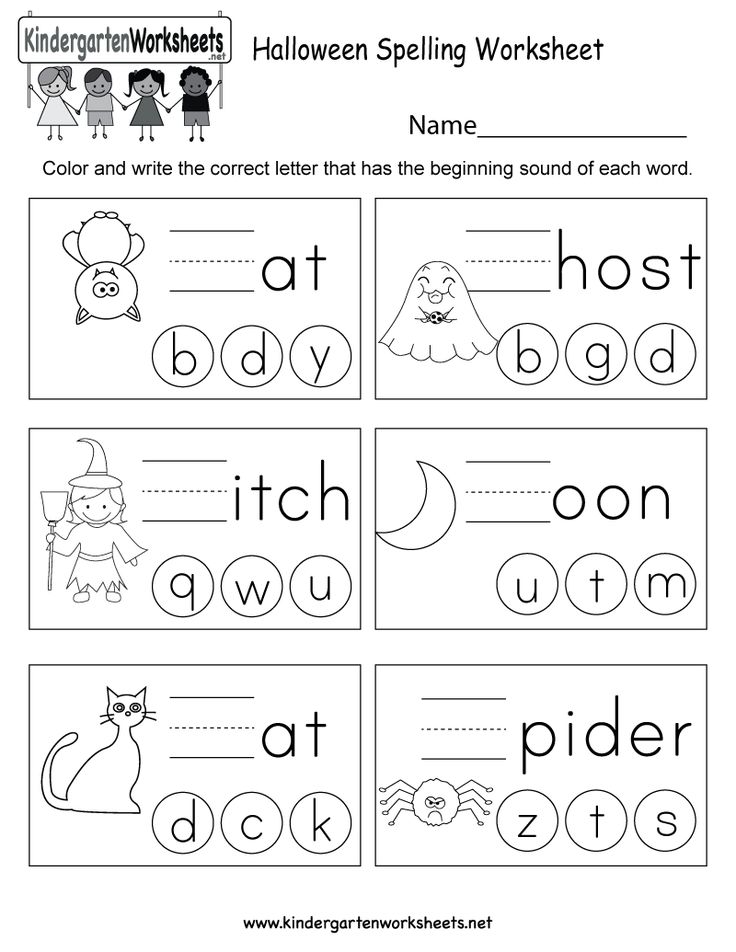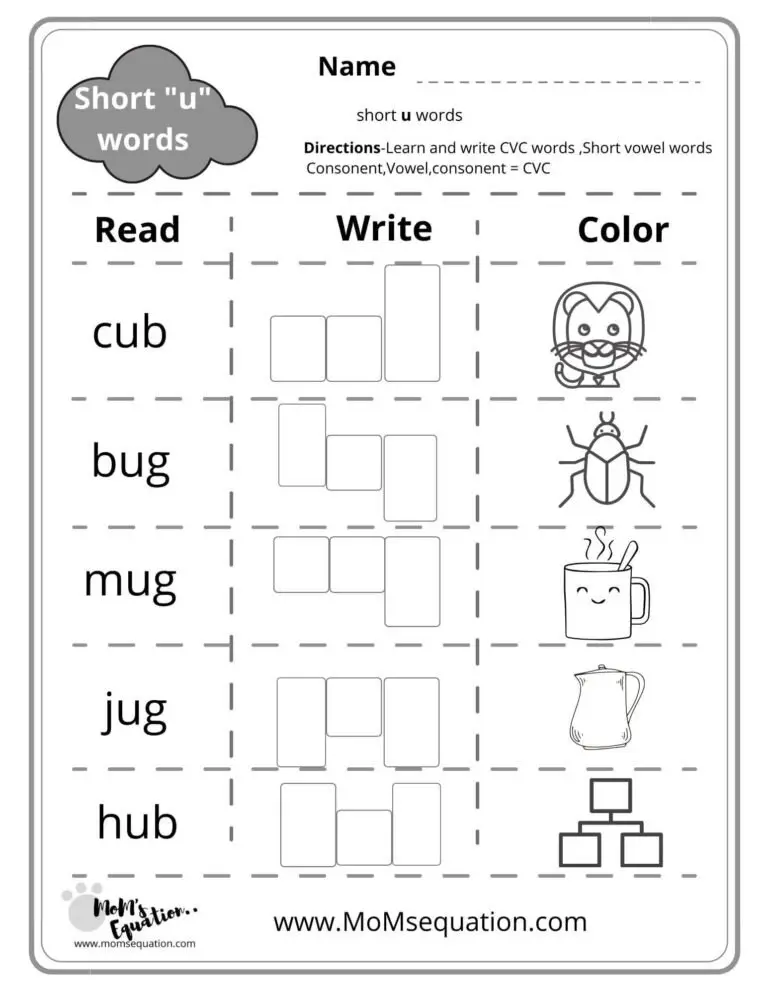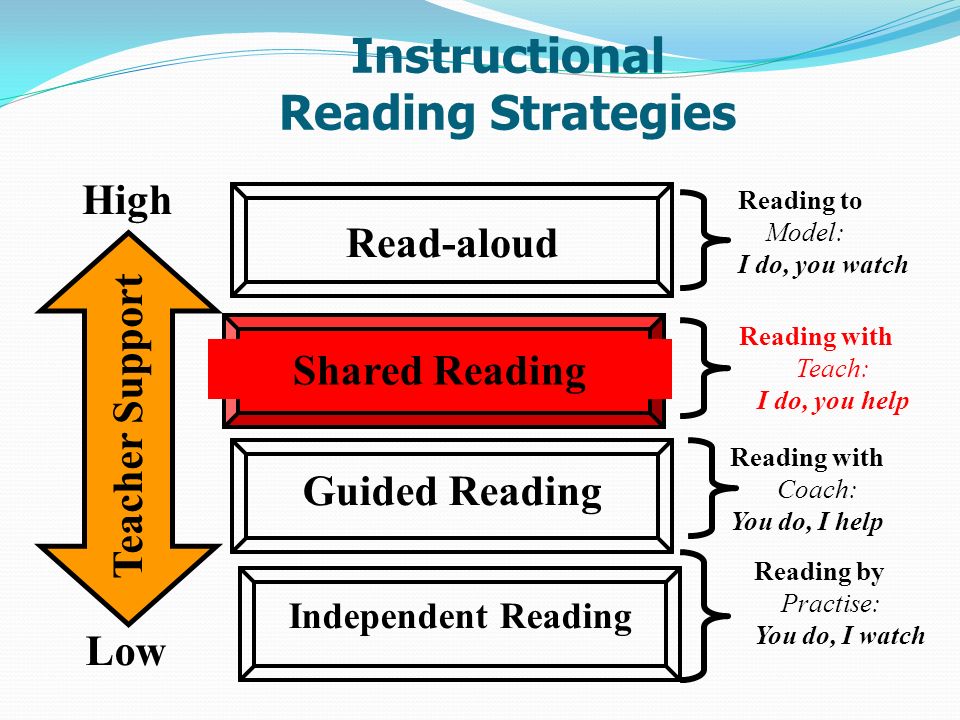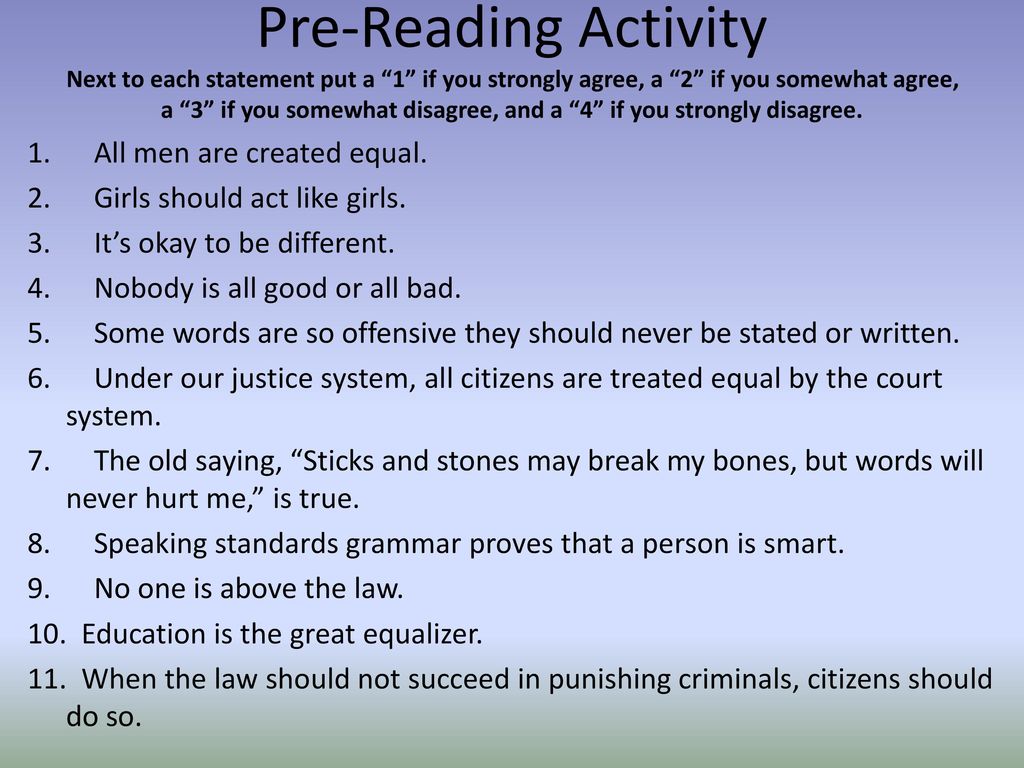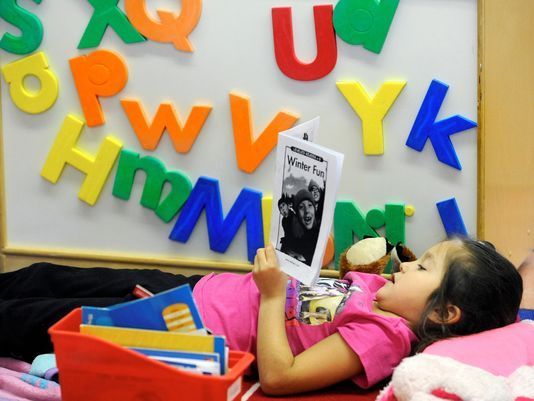How to teach kindergarten math
6 Tips to Teach Kindergarten Math Without Curriculum
This year, I’m teaching my daughter kindergarten math without curriculum. Kindergarten is the perfect time to “play” school, and kindergarten mathematics is the best place to start with making learning fun.
When my oldest was beginning kindergarten, I excitedly bought a variety of curriculum for him so I could find the best. I had more teacher’s manuals than I could count on one hand. As a result, there were many tears. I persevered. He loved learning (especially math), so he survived the year of double math (among other things).
But each child is different. I knew that if I forced a the same methods and curricula on second child, it would only cause her to hate school time. I needed a new solution. To my surprise, our best result has been to completely drop the kindergarten math curriculum. Here are some tips to make sure your kindergarten math time nurtures your five- or six-year-old child’s natural love for learning.
Use games. Playing card games and board games helps my daughter gain basic number recognition as we count around a board, recognize doubles, and recognize common number pairs. Our current favorite game to play during math time is Skip-Bo, which builds on number sense in great ways!
Read great books. I love reading with my kids. Much of the time, a great picture book can introduce a mathematical concept to a kindergarten-age child in a way that is more memorable than any worksheet-based curriculum could do so. You could even make up your own stories as you go about your days.
Make it real. My daughter loves her analog watch. It helps that it is Minnie Mouse that shows her the time! As we make a schedule and set timers, she learns about passing time, time in general, and reading the time (very generally, at least, in terms of hours). She also loves getting money and shopping at a garage sale with me. Since garage sales deal with small amounts of money (and we can usually find something for a quarter), this is great practical experience. Consider having your child help cook to learn fractions, and counting the bottles of tomato sauce on a grocery run. Even things as simple as helping set the table (How many plates? How many knives?) can count as kindergarten math.
Consider having your child help cook to learn fractions, and counting the bottles of tomato sauce on a grocery run. Even things as simple as helping set the table (How many plates? How many knives?) can count as kindergarten math.
Get moving. My daughter loves anything involving running or jumping around! Use your trampoline to practice counting by tens, or make your math practice a dance party.
Play with toys. In teacher talk, a “manipulative” is something that a child can hold (or manipulate) to help solidify a concept. In your home classroom, anything can be a manipulative! We play with beads, marshmallows, paperclips, pom-poms, mini-erasers, stuffed animals, snap cubes, small plastic jumping frogs. Anything goes! If you can count it, it can be used for math learning. I love the math curriculum-provided manipulatives too, like Cuisenaire rods (also called centimeter rods).
After Planning. As a new homeschool mom, I know would have panicked if someone had suggested ditching the curriculum.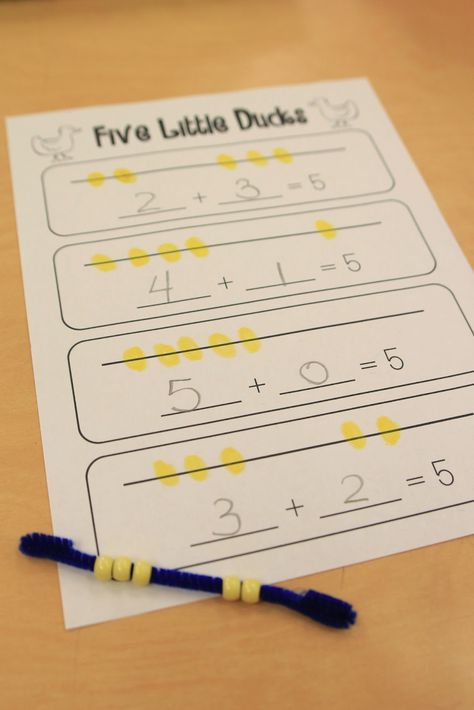 Kindergarten is the best place to do so, though, as many states do not require it anyway. In addition, kindergarten concepts are basic enough that you probably cover them on a daily basis. Any gaps that remain are certain to be reviewed in first grade mathematics. To keep track of what you’ve done, sit down after the day is over and write down in your planner what you did. I call this my “after planing” method. I don’t usually plan out our day before we start: I let her choose what we do and we live life. Chances are you can find some way those things relate to math!
Kindergarten is the best place to do so, though, as many states do not require it anyway. In addition, kindergarten concepts are basic enough that you probably cover them on a daily basis. Any gaps that remain are certain to be reviewed in first grade mathematics. To keep track of what you’ve done, sit down after the day is over and write down in your planner what you did. I call this my “after planing” method. I don’t usually plan out our day before we start: I let her choose what we do and we live life. Chances are you can find some way those things relate to math!
Here are the basic concepts commonly addressed in kindergarten math curricula for a whole year. I hope as you read through this list, you’ll think of more ways you can play games, read great books, get moving, make it real, play, and after plan to do your kindergarten math without a curriculum together. It’s more fun than you’ll believe!
- Count to 20. (Start with counting to 5, then go from there).
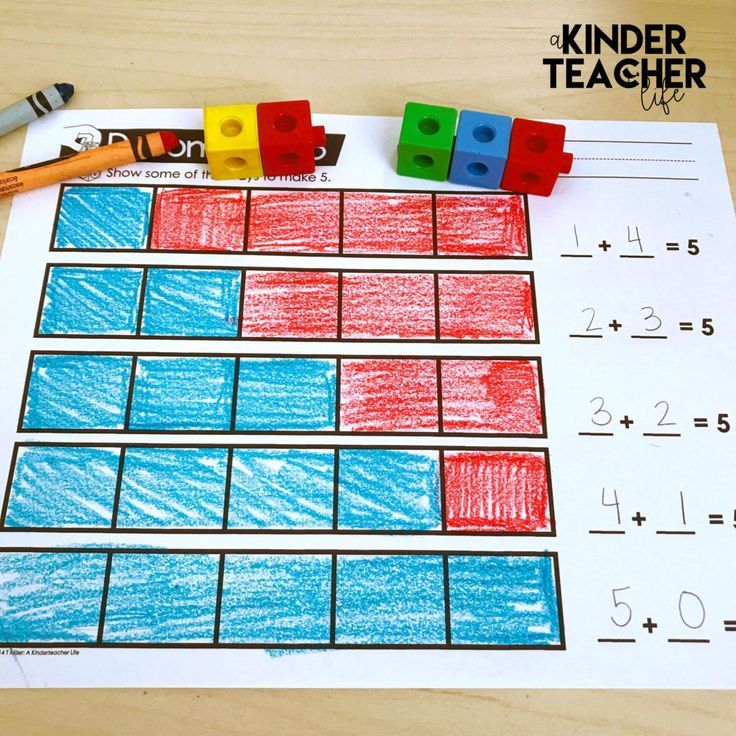
- Understand how to count to 100.
- Add and subtract within 10 (using manipulatives or images).
- Add and subtract within 5 (fluently).
- Compare numbers (greater than and less than) under 20.
- Count on from a number (…5, ___, 7, 8 ….) rather than starting at the beginning (up to 20)
- Identify missing numbers in a sequence (up to 20)
- Draw pictures or use manipulatives to show addition (5+2=7)
- Find a number to make ten when given a number between 1 and 9 (number ten bonds)
- Understand that teen numbers are 10 + a number between 1 and 9.
- Compare sizes, such as length and weight, in general using words such as taller, bigger, or shorter.
- Identify, compare, sort, and create basic shapes and make new shapes from them.
- Recognize the hour and half hour on the clock.
- Identify values of pennies, nickles, and dimes.
Rebecca
About the author
Rebecca is a homeschooling mother of three, “Raisin” born in 2007, “Strawberry” born in 2012, and “Kitty” born in 2015. Before she stayed home with her children, she was a professional proofreader. Now that she is home with her kids, she seeks to make learning fun! She loves to incorporate literature, games, and interactive learning in to the homeschooling day. When she's not homeschooling, she loves reading, especially classical literature and history.
Before she stayed home with her children, she was a professional proofreader. Now that she is home with her kids, she seeks to make learning fun! She loves to incorporate literature, games, and interactive learning in to the homeschooling day. When she's not homeschooling, she loves reading, especially classical literature and history.
Visit My Site
Related Posts
Building number sense in our homeschooled children is incredibly important, but do you know why? Check out three of the many reasons why!
Rachel Capes
Each night at dinner, our family takes turns sharing our “highs” and “lows” for the day. One night, my daughter said that the best part of her day was finishing her homeschool math lesson. She definitely had struggled a bit through the lesson that day. I figured she was just happy to be done with it, but
Sara Radginski
Critical thinking and logic are two sides of the same coin.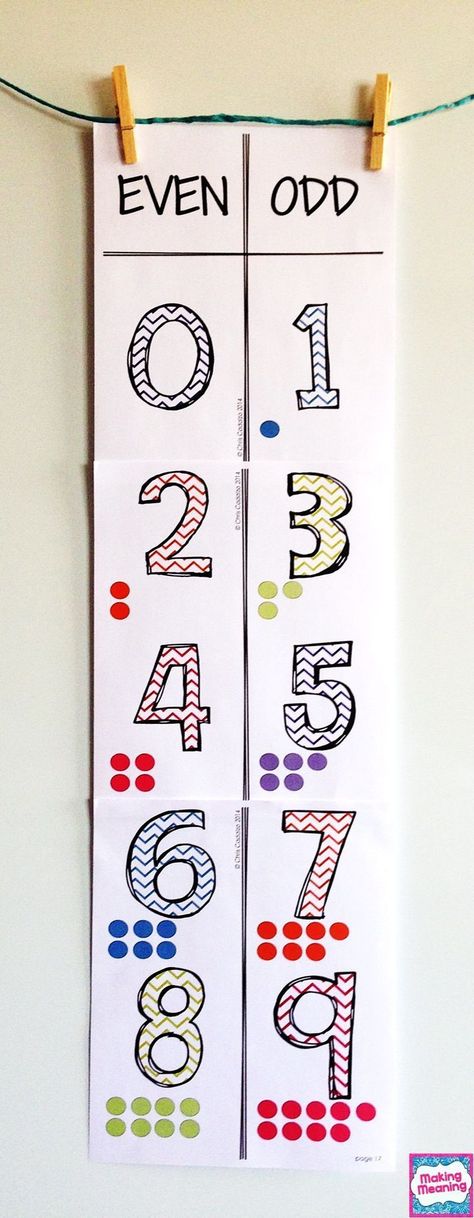 Raising kids that will become expert crititcal thinkers is ideal, but how do you do it?
Raising kids that will become expert crititcal thinkers is ideal, but how do you do it?
Kindergarten Math Lessons and Activities for the First 20 Days!
Kindergarten math lesson plans for teaching numbers to 5, 2D shapes, and 3D shapes. This resource provides detailed instruction for your first 4 weeks of math!
Kindergarten Math: The First 20 Days
The first few weeks of school are a hectic time for kindergarten teachers! You are making sure to cover all procedures and routines, all while beginning to teach the kindergarten math curriculum. Many teachers get started with academics right away in order to stay on track for the expected curriculum for the year. Wouldn’t it be nice to have planned out lessons to save you time and stress? You’re in luck! That is just what I have for you – detailed lesson plans and printable resources such as practice sheets to teach all about shapes and numbers to 5.
The First 10 Days…
The lessons start out with students comparing shapes and objects that are the same and different.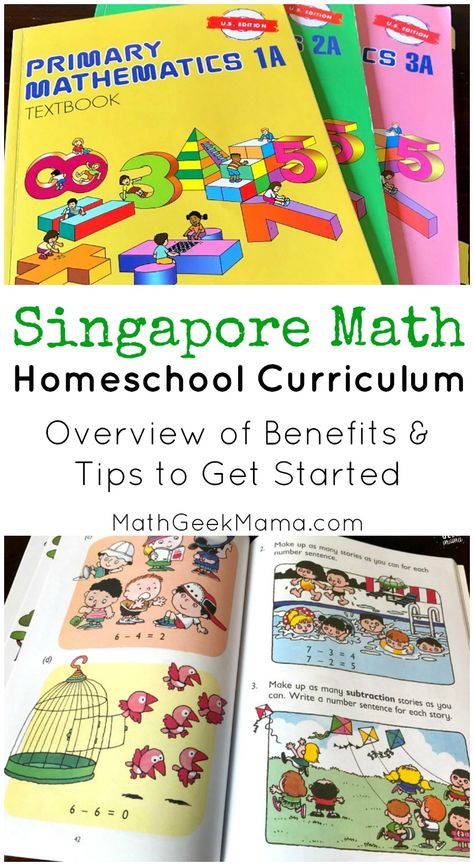 We like to tie in literature whenever possible to help teach young children academic skills and guide students to make real-life connections. For the first few lessons, you can use this National Geographic Kids book to identify objects that are the same and objects that are different.
We like to tie in literature whenever possible to help teach young children academic skills and guide students to make real-life connections. For the first few lessons, you can use this National Geographic Kids book to identify objects that are the same and objects that are different.
On Day 1, students identify shoes that are the same and different. You can create meaningful learning and complete this activity in your classroom as an interactive lesson with real shoes. Your kindergarten students will think it is the “best day ever” when they get to take off their shoes!
In addition to everyday objects, students learn different ways that they can compare shapes. They practice sorting by shape, size, and color.
While making comparisons, students are also counting up to 5 and practicing correct number order on math worksheets.
Days 11-20
Now, you are ready to teach shapes. A great way to read while teaching about 2D shapes is The Greedy Triangle by Marilyn Burns.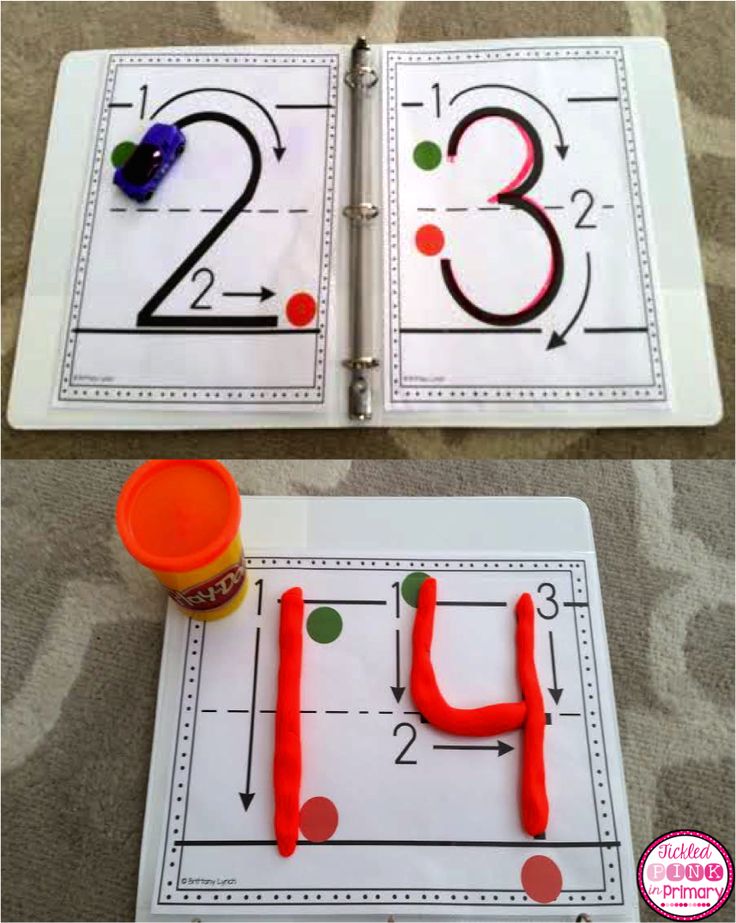
We start by introducing 2D shapes and identifying sides and corners.
Then, students have a great time with this color, cut, and paste activity to practice identifying shapes with curves and no curves.
These kindergarten sweeties did a shape sort on the SmartBoard.
Students explore 3D shapes using interactive kindergarten math games
The mathematical practices for shapes and numbers to 5 are provided in unit 1 of our Guiding Math curriculum. Click here:
- Kindergarten Math: Unit 1
We have center activities and journal prompts to provide additional practice for unit 1.
You can find this resource here:
- Kindergarten Math Printables Unit 1
Math Assessments
Of course, when you start thinking about instruction, you also start thinking about assessments. ESGI is the best platform for completing assessments. It is so easy! Plus, we’ve added assessments specifically for our Guiding Math Units… making it so simple for you!
Administering these assessments is quick and easy! Do they answer it correctly – simply yes or no.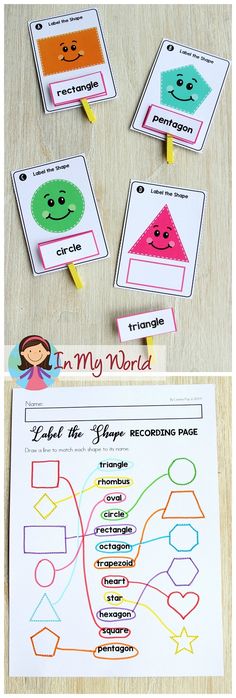
With assessment trackers ESGI, you can quickly review student progress.
And print off parent letters to send home with students.
ESGI – FREE TRIAL!
There are so many great features with ESGI! If you are not using this amazing assessment tool, give it a try! I know you will love it! You can access a free trial here:
- ESGI | Deanna Jump Promo Code
You are covered with math resources for the beginning of the year. Do you need ideas for literacy? Check out this post with alphabet activities for kindergarten:
- Fun and Engaging Alphabet Activities for Kindergarten plus a FREE FILE!
90,000 mathematical subtraction
Modern parents pay a lot of attention to preschool education of their children. At the same time, adults need to remember that the main task of preschool education is to create optimal conditions for each child for the maximum development of his individual data, taking into account age.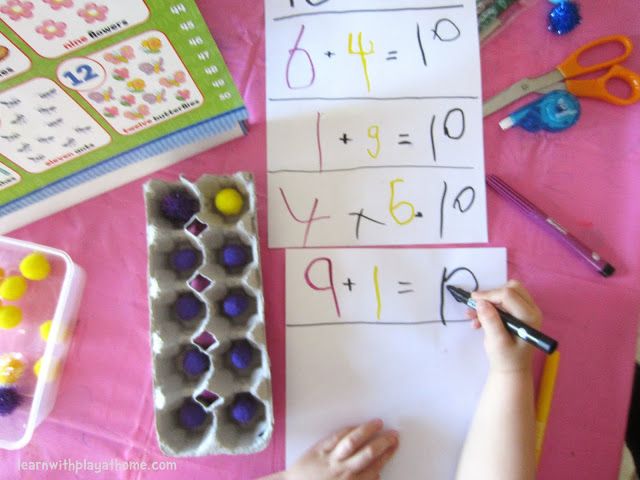 Mathematical preparation plays one of the key roles in this process. Let us consider in more detail what content of mathematical education should be provided for preschoolers.
Mathematical preparation plays one of the key roles in this process. Let us consider in more detail what content of mathematical education should be provided for preschoolers.
Why study mathematics
“Mathematics should be taught later, because it puts the mind in order.” M.V. Lomonosov
Mathematics is a unique subject. It is indispensable for the development of children:
- logical thinking;
- memory;
- speech;
- imagination.
Participates in the formation of perseverance, patience, creative abilities of the individual. Teaches analysis and synthesis, planning one's actions, the most accurate presentation of thoughts, the ability to substantiate an existing point of view. Helps to introduce preschool children to the world around them.
Why do we need mathematics - reflections of childrenKnowledge of mathematical content is necessary for a child for successful social adaptation, as well as for orientation in the increasingly developing information and technological processes in society.
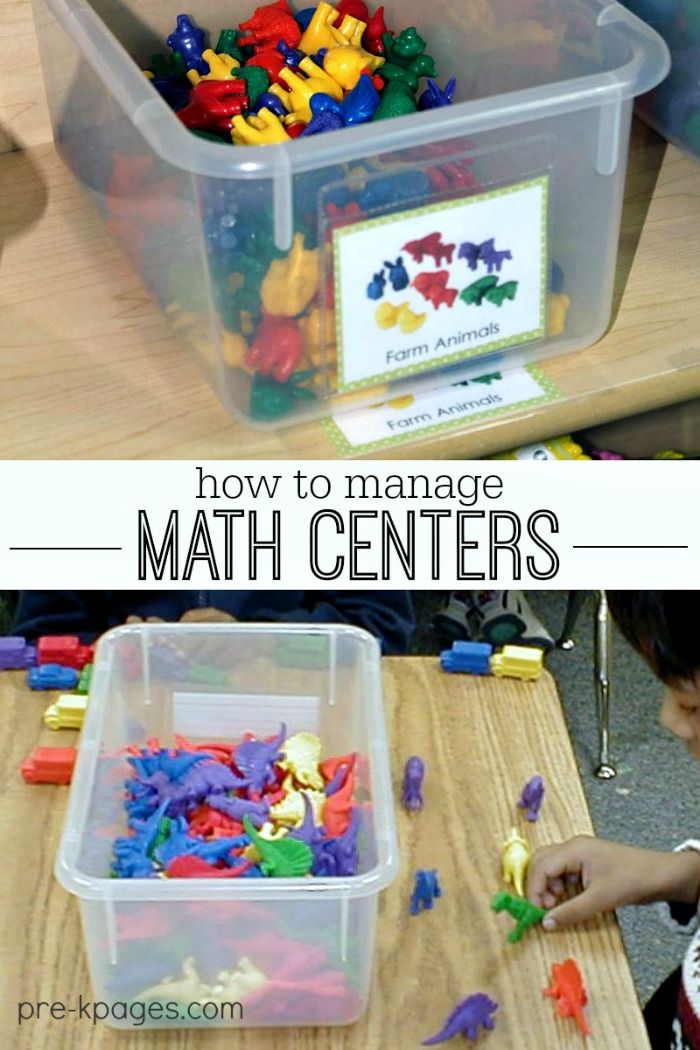
At what age and how to teach? Preschool children are very fond of asking questions, especially the question “why?” becomes a favorite. They try to understand the structure of a thing, begin to establish the cause and effect of any events taking place around. These questions and skills are very useful not only for general development, but also for learning. Therefore, from the age of 5-6, it is already possible to actively teach them mathematics. It happens that a child of a younger age (3-4 years) is also interested in the subject. In this case, you do not need to wait until they are 5-6 years old to start classes.
Acquaintance with numbers can be started from the age of 3 Follow the interests of your preschooler, listen to him, try to keep his natural natural interest in the subject. Your efforts will be rewarded. At the same time, in no case should one “impose” on children the need to study the subject, because you can achieve the opposite effect - unwillingness to learn, lack of interest.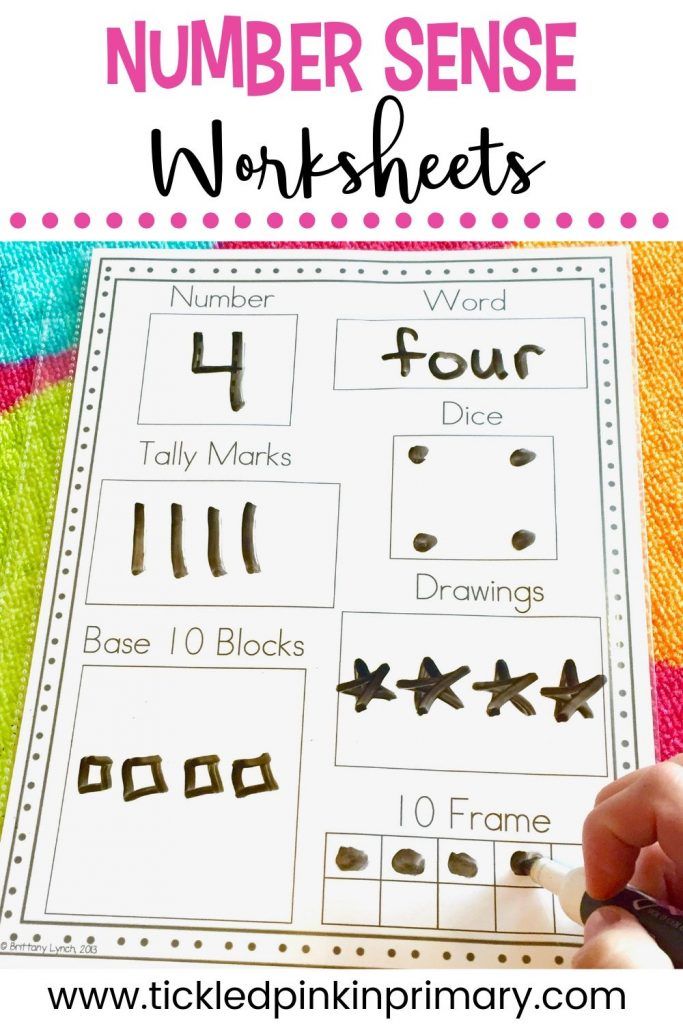
The main activity of preschoolers is the game, so when learning, you should use all the variety of its possibilities. You should not strive to conduct full-fledged classes with the child, as in a kindergarten or center. Your priority should be completely different forms: walks, excursions, games with natural materials (water, sand), constructors, joint household chores, reading and acquaintance with elements of folklore (counters, tongue twisters), board games, situational games (shop , train) - in general, everything that your fantasy, imagination, life experience will tell you.
Mathematical game "Fish" - interesting learningAdvice to parents: by the time of entering the first grade, your child should master the application of mathematics knowledge in practical activities that are important for him: games, experiments, everyday life.
Content lines of mathematical education
Teachers and methodologists traditionally distinguish four content lines as the basis for the development of preschoolers in mathematics:
- arithmetic;
- geometry;
- values;
- logic.
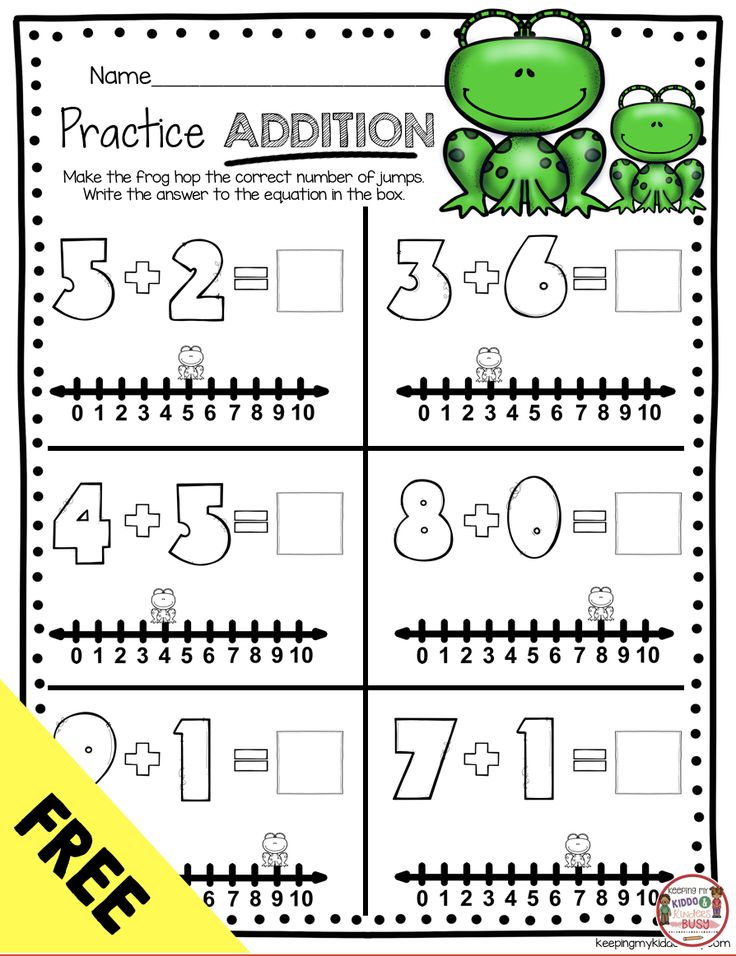
Arithmetic
Numbers and numbers
The arithmetic line includes, first of all, the study of numbers and numbers. The child must understand that learning to count is necessary. Help him with this (first up to 10, then up to 20). You can teach children to count using any objects and their images: cubes, plates, steps, toys, products, pictures, etc. Simultaneously with the oral account, the baby needs to be introduced to the graphic representation of numbers. The method of associations, as well as poetic forms, can help with this.
For example, “two” looks like a swan's neck, “four” looks like a chair turned upside down, “eight” looks like two rings, etc. If you wish, you can come up with your own original associations in “co-authorship” with the child.
Marshak's poems about numbers will help you remember them faster. Marshak. They can still be used today. For example, "The deuce arches its neck, the tail drags behind it." Or: "Number six - door lock: Hook on top, circle below.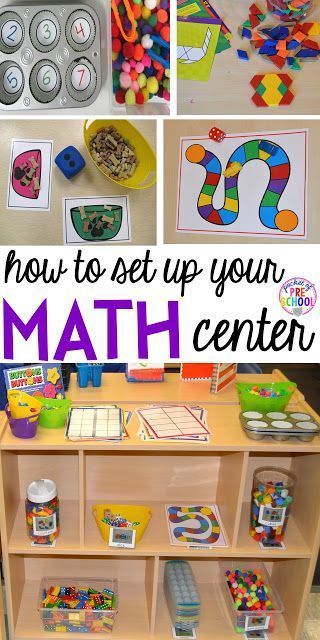 "
" For a better assimilation of the graphic design of numbers, you can prepare coloring books and copybooks for preschoolers with tasks for tracing numbers, and then teach them to write them on their own. But at the same time, remember that the written spelling of numbers in the first grade may differ from your idea (depending on the chosen training program), so children should be taught the “printed” images of numbers, and not their uppercase version.
Memory games with numbersAdvice to parents: it is important to teach your child to count forward and backward to 20, the concepts of “preceding”, “next” number, as well as counting in tens to 100.
Comparisons
The next step is to teach preschoolers to compare numbers. First, we do this with the help of objects of the same type, then we learn the signs: ?, ?, =, +, -. After that, you can offer tasks with numbers for comparison (greater than, less than, equal to). This is an extremely important stage in the mathematical development of a preschool child.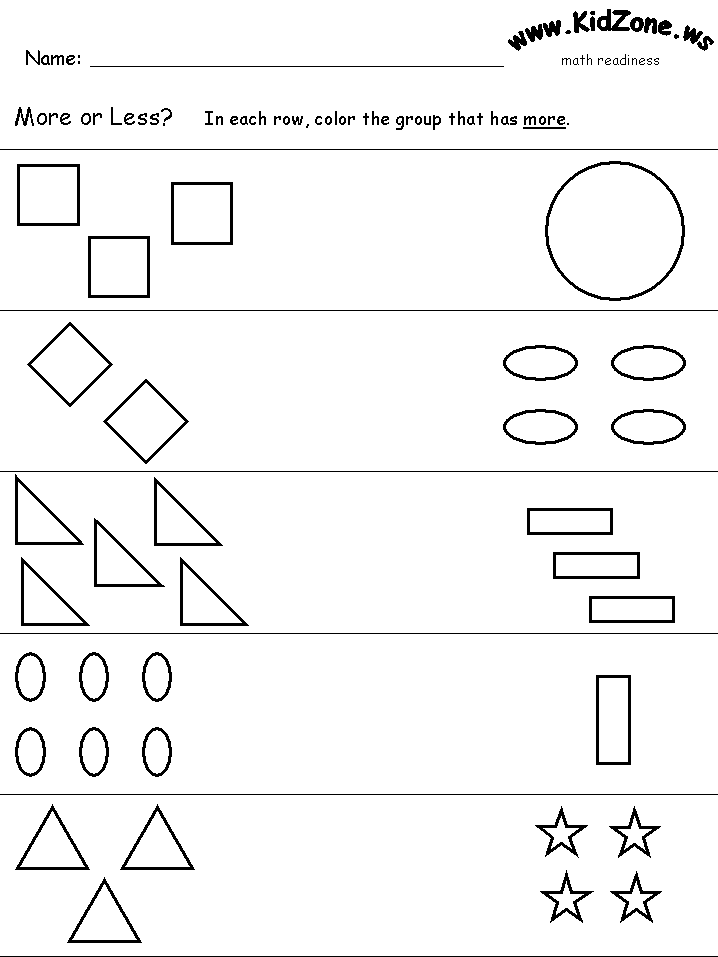 First we compare, and then only apply in the record.
First we compare, and then only apply in the record.
Addition and subtraction
The basics of mathematics are operations on numbers: addition and subtraction. Initially, addition training is carried out using objects or their images. The child should be able to count the items used (buttons, cubes, etc.) Perhaps the child will count on his fingers - this is not a problem, later he will learn to count “in his mind”. A number tape or a regular ruler is also suitable for developing addition skills. On the ruler, show how to move along the number line to the right for addition, to the left for subtraction.
Teach your baby gradually: first, we learn to add one, then two (this is one and one more), etc.
Figurative teaching of addition After practicing addition, introduce the concept of “subtraction” in the same way. When your child learns the processes of addition and subtraction well orally, you can offer him to solve examples, and later - problems for addition and subtraction.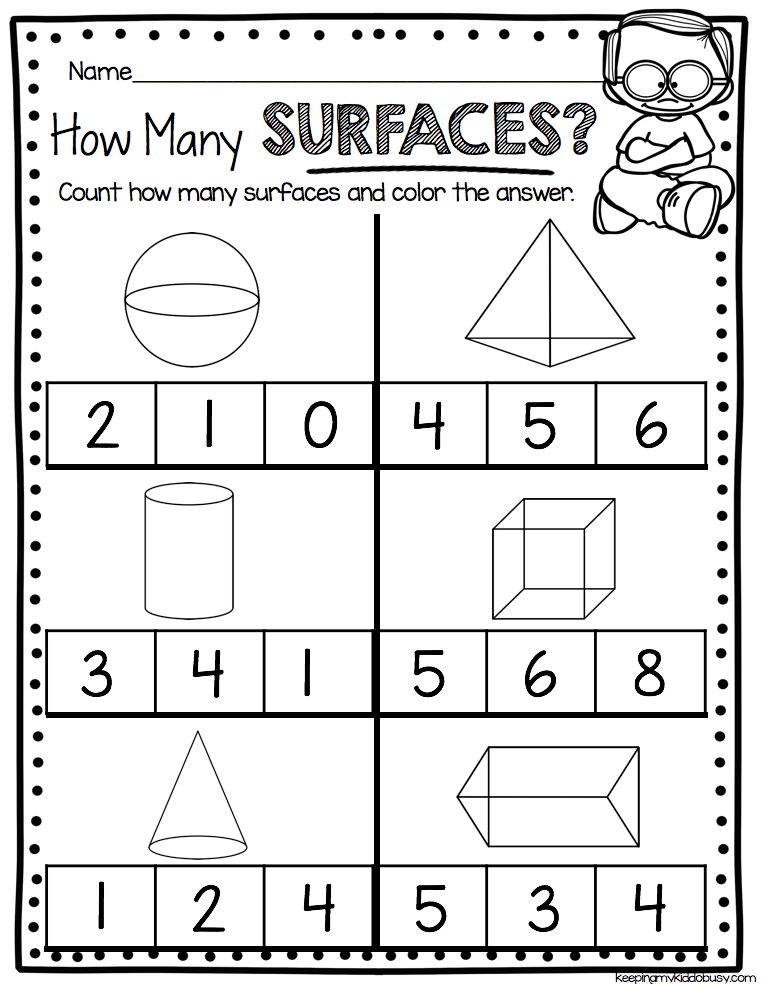 Moreover, you and your baby can come up with tasks in turn.
Moreover, you and your baby can come up with tasks in turn.
All sorts of colorings of mathematical content become a great help in the process of development. Pay attention to the tasks: draw by numbers, color the picture, solving examples.
Math learning coloring pagesGeometry
In the geometric line of mathematics for preschoolers, the main content is based around the study of flat geometric shapes.
Lines and segments:
- straight and curved;
- intersecting and non-intersecting;
- broken line, closed, open;
- segment, arc.
Shapes:
- circle;
- oval;
- triangle;
- rectangle;
- square;
- diamond;
- polygon.
Introduce children to figures not only with the help of an image on paper, but also with the help of household items: a plate, a book, a notebook, a hot stand, etc.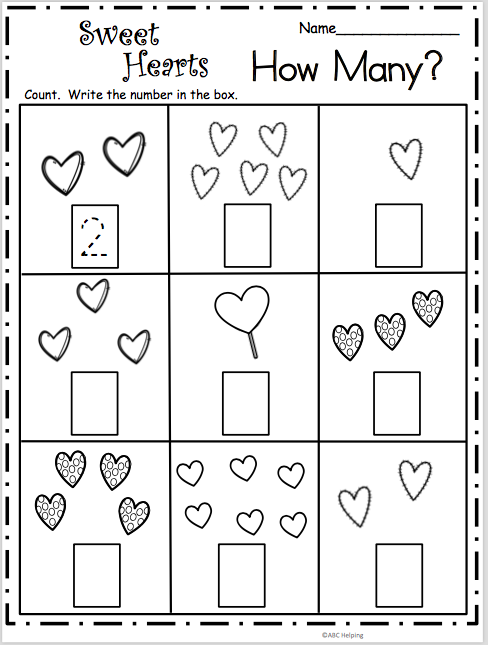 In addition, you can draw drawings with your child using geometric shapes, and also turn them into any objects (for example, you can draw a face, pancake, sun, nesting dolls from a circle). It is also helpful for their development.
In addition, you can draw drawings with your child using geometric shapes, and also turn them into any objects (for example, you can draw a face, pancake, sun, nesting dolls from a circle). It is also helpful for their development.
Advice to parents: it is necessary not only to introduce children to geometric shapes, but also to teach children how to draw them.
Also in the geometric content of teaching mathematics is the development of the ability to divide figures into equal parts.
Values
When selecting the content of mathematical education for preschoolers, the following concepts should be included in the line of values:
- length;
- width;
- height;
- time;
- mass.
When studying all these categories, it is also necessary to proceed from simple to complex, while not forgetting about comparisons.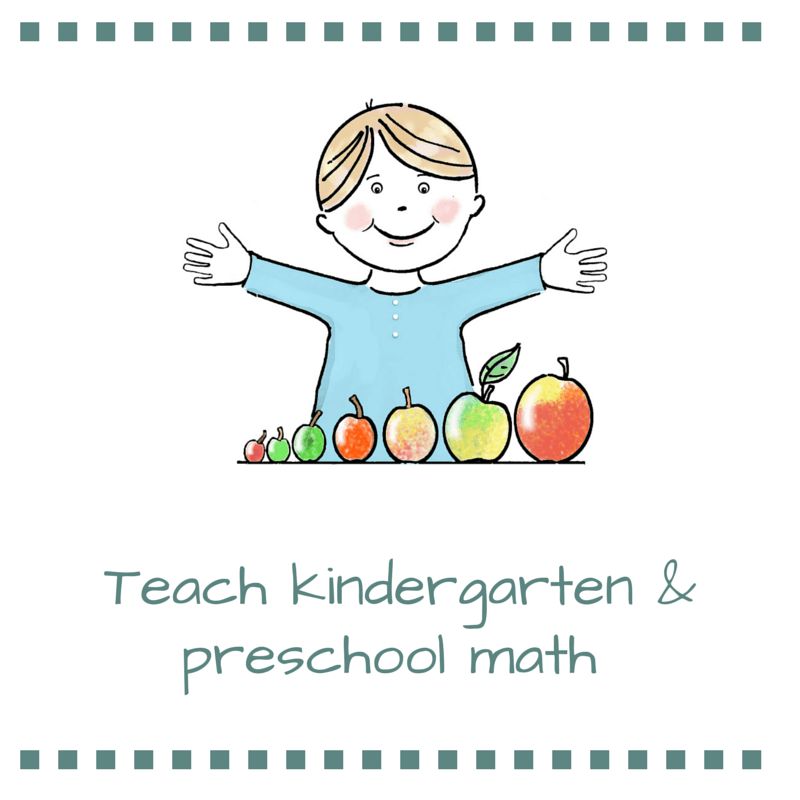 By school, the child must be taught to compare objects according to their characteristics: wide - narrow, thick - thin, high - low, large - small, deep - small, far - close, heavy - light, long - short. On orientation in all these concepts, the beginning of mathematical education in the first grade will be built. You can measure the length, width, height of objects not only with a ruler, but also with other improvised means.
By school, the child must be taught to compare objects according to their characteristics: wide - narrow, thick - thin, high - low, large - small, deep - small, far - close, heavy - light, long - short. On orientation in all these concepts, the beginning of mathematical education in the first grade will be built. You can measure the length, width, height of objects not only with a ruler, but also with other improvised means.
In addition, it is extremely important to teach children to navigate on a piece of paper. They should understand the categories: top, bottom, right and left sides. For this purpose, mathematical dictations are carried out on a sheet in a cell. For example, put a dot, from it draw two cells to the right, then three down, two to the right, four up, etc. As a result, a conceived picture is obtained. The baby listens to instructions and follows them. Another time, he may already dictate to you, you will comply.
In the category "time" it is necessary to teach a preschooler to name the seasons, months, parts of the day. But it is possible to teach how to determine the time by a clock with arrows, but not necessarily.
Advice to parents: teach preschoolers to compare objects and pictures for different reasons, and to find common and different things in them.
Logic
Developing the mathematical abilities of preschoolers, use a variety of logic games. They train not only the basics of logical, but also creative thinking, they teach to find non-standard solutions. And above all, they help to stimulate interest in learning. They also develop concentration of attention, since the task may contain a catch. When solving logical problems with a child, take your time, let him understand the condition and offer his own solution. It may seem wrong to you, but before voicing it, try to understand the logic of the child, and then draw conclusions.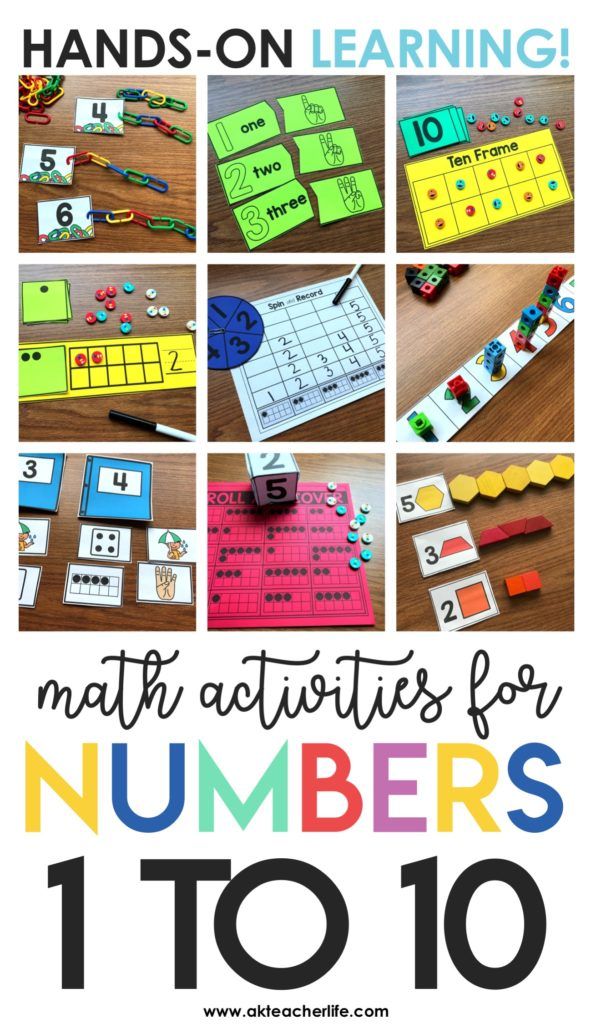
Do not forget about the usual riddles, charades, rebuses, tangrams, as well as board games: chess, loto, dominoes.
Of course, nowadays there are many computer-based tutorials, but they should be treated with caution. Consider the age of the children and the time of classes, the content of the games.
The issue of mathematical development of children must be approached comprehensively, systematically and consistently. Try to diversify your joint activities with children. Do not forget about the alternation of different types of activities. And most importantly, refrain from criticism, praise your baby more often, supporting in him the desire to discover new knowledge.
“We should teach math to kids in kindergarten”
Stanford University professor Deborah Stipek believes mathematics should be taught starting in kindergarten.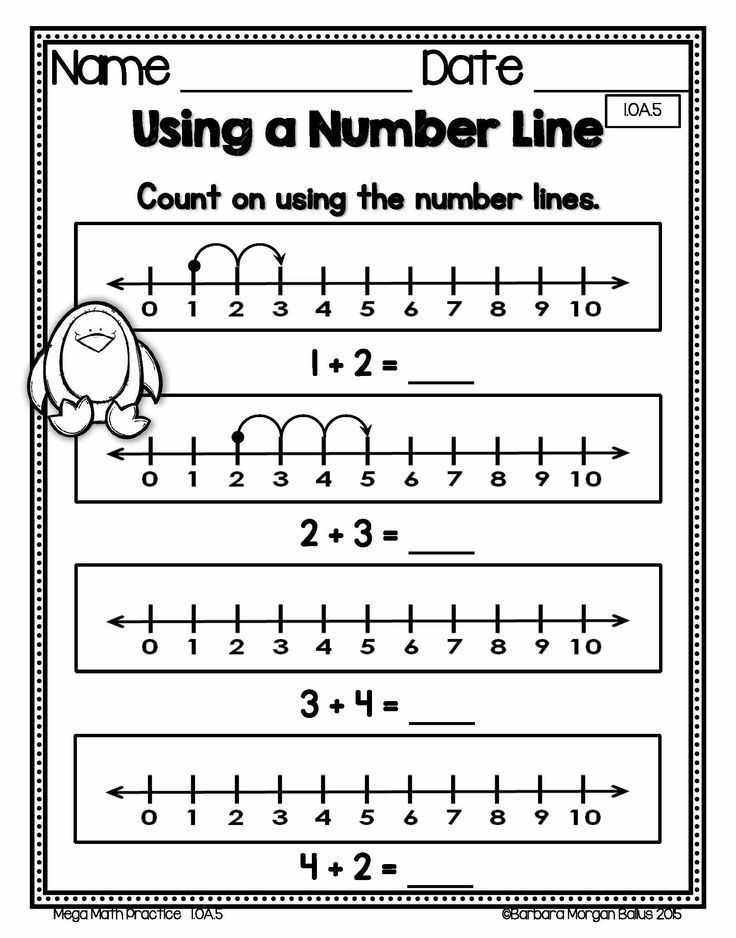 According to research, this provides the necessary foundation for further learning and even instills a love of reading, writes Quartz.
According to research, this provides the necessary foundation for further learning and even instills a love of reading, writes Quartz.
Read Hi-Tech in
Parents don't need to be convinced of the importance of early literacy. Reading, singing, and talking to children before they can read for themselves helps pave the way for curiosity, empathy, and a lifelong love of reading.
Mathematics is more complicated: it is still perceived as something additional, auxiliary and practical, and therefore does not require early learning. For example, from the point of view of many parents, she teaches the child to navigate the adult world, count money, change, and so on.
Recently, however, scientists are increasingly approaching mathematics as a field of humanitarian knowledge, which lays the foundation for logical thinking, proactivity and the child's ability to solve life's problems and even learn other subjects. For example, a 2007 study by the Russel Sage Foundation found that the presence of math skills in preschool children had a positive impact on reading skills in the third and fifth grades.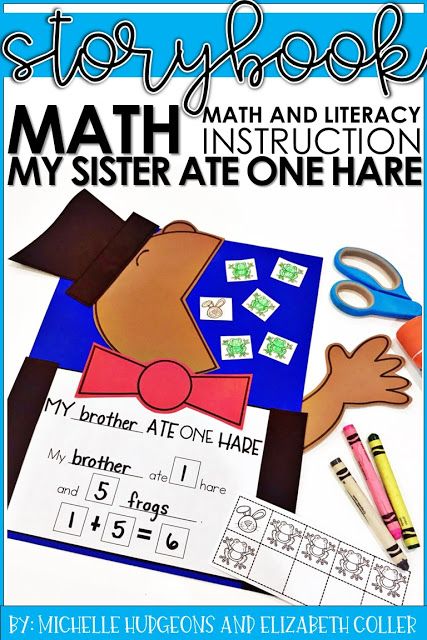 Greg Duncan, a professor at the University of California at Irvine, argues that children with poor performance in mathematics are 13% less likely to graduate from high school and have 29% less likely to get into college.
Greg Duncan, a professor at the University of California at Irvine, argues that children with poor performance in mathematics are 13% less likely to graduate from high school and have 29% less likely to get into college.
"We are nearing the end of the automotive age"
Opinions
Today in American kindergartens, only 3% of teaching time is devoted to math, compared to 10% for literacy and 60% for eating and sleeping. Back in 1998, 70% of teachers were convinced that in kindergartens it was not worth it to “load” children with reading at all. But by the 2000s, only 20% remained, says Daphne Bassock, an assistant professor of education and public policy at the University of Virginia.
It is not surprising that many teachers perceive mathematics as something that will “load” young children so much that they will then become depressed from fatigue. According to Stipek, teachers do not see the root of the problem, which lies in the way of teaching and attitude to the subject.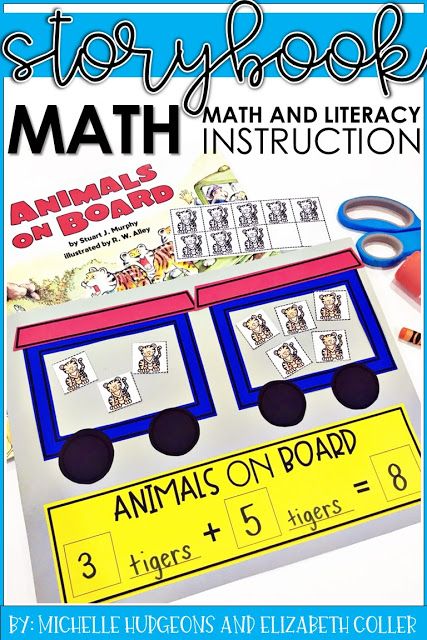
The opinion has taken root in society that mathematical abilities are a natural gift. But for scientists there is no division into "humanitarians" and "techies": there is a difference in education, psychology ("image of oneself" as a closed or liberated person) and way of thinking ("proactive" or "reactive"), which is just laid with diaper. Another Stanford professor, Carol Dweck, believes that this kind of "fixed" thinking is extremely toxic: studies show that children who believe that their mathematical abilities are deterministic have lower academic performance than those who tend to think that their knowledge depends on effort.
Enevate Introduces 5-Minute Electric Vehicle Charging Technology
Case Studies
Many parents raised this way don't do math with their kids for the same reason - they think they're not very good at science. Laura Overdeck, who has a degree in astrophysics and an MBA, tried to translate mathematics into a game form. “If at dinner we talked about ninjas and giraffes, then the math bedtime story was also about ninjas and giraffes,” she says.